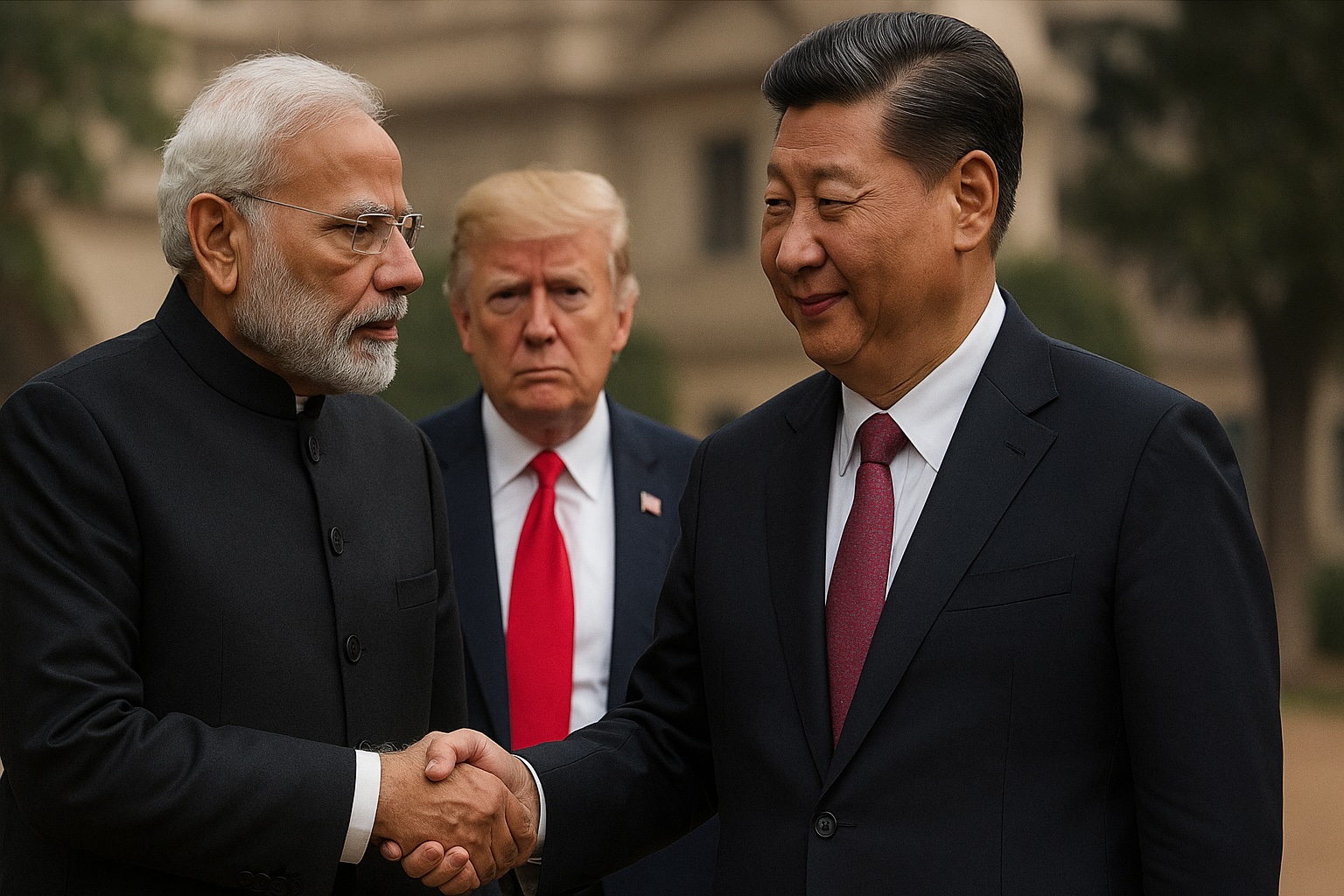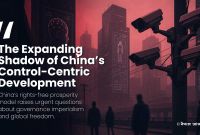Hindi–Chini Bhai Bhai 2.0? China Defends India Against Trump’s 50% Tariff Bombshell

U.S. President Donald Trump’s August announcement of a direct 50 percent hike in customs duties on imports from India (and Brazil) has triggered ripples across trade and diplomatic circles. Trump justified the move as a “necessary step” to protect U.S. industries and workers, accusing India’s trade practices of being “unfair” toward the United States. But this time, one of the loudest voices of opposition came from Washington’s long-time rival — Beijing.
On August 7, Chinese Ambassador to India Xu Feihong posted on social media platform X: “Give the bully an inch, and he will take a mile.” He paired it with a quote from Chinese Foreign Minister Wang Yi, who said that using tariffs as a weapon to pressure other countries violates the UN Charter and WTO rules. Earlier, on April 8 this year, Chinese Embassy spokesperson Yu Jing had also stressed that the economic and trade relations between India and China were built on mutual benefit, and that the two countries should “stand together” against such external pressures.
India’s Ministry of Commerce issued an official response to Trump’s decision, calling it “unjust and damaging to the spirit of international trade.” Inside India, reactions to China’s support have been mixed — from social media to parliament. Some see it as a revival of the “Hindi–Chini Bhai Bhai” sentiment, while others dismiss it as a temporary alignment of strategic interests.
Trade experts have called China’s defence “unusual but calculated.” According to Delhi-based international trade analyst Prafulla Desai, “By openly defending India, China appears to be seeking to weaken U.S. influence in South Asia and strengthen a common front among developing nations.” Whether such a strategy lasts or not, history offers a reminder — even before the 1962 war, the “Bhai–Bhai” slogan was popular.
The U.S. administration has fully defended its decision, stating that it aims to improve market access for American products in India and reduce the trade deficit. When asked for a response, the President’s press office said: “The President stands firm in his commitment to protecting American workers and industries, as promised.”
This development adds a fresh chapter to the triangular diplomatic equation — where U.S. protectionist pressure has, at least temporarily, placed India and China on the same side. Whether this closeness is limited to resisting trade measures or marks the start of a longer-term partnership is something only time will tell.




![From Kathmandu to the World: How Excel Students Are Winning Big [Admission Open]](https://www.nepalaaja.com/img/70194/medium/excel-college-info-eng-nep-2342.jpg)
